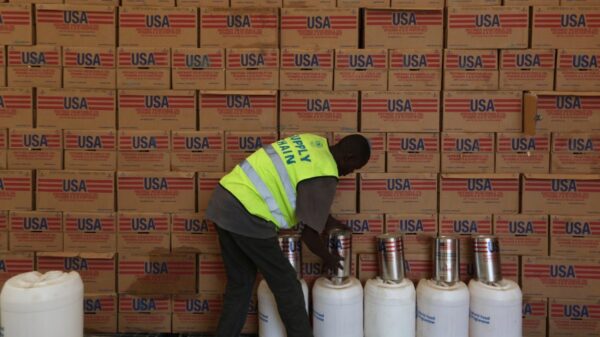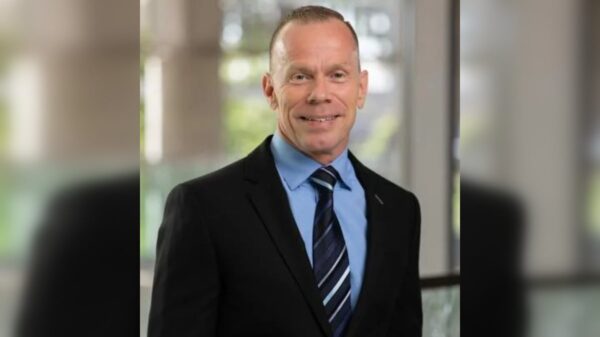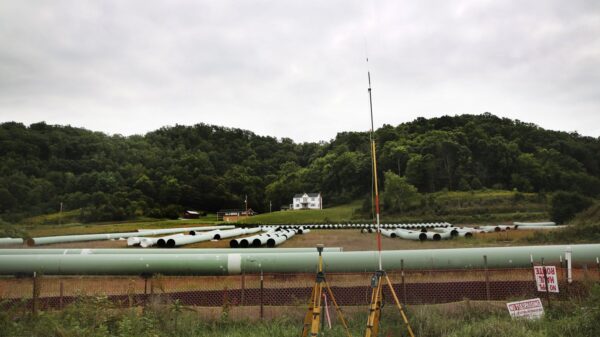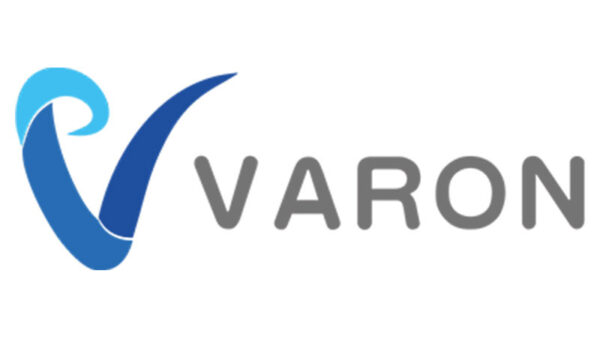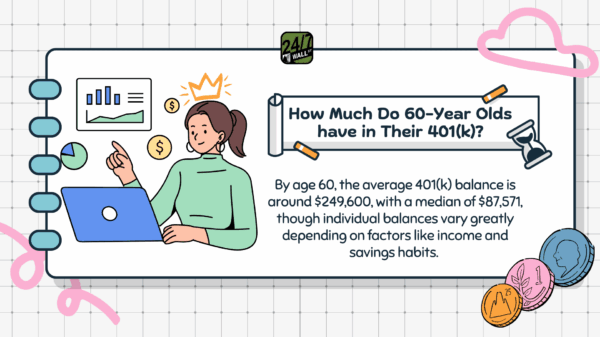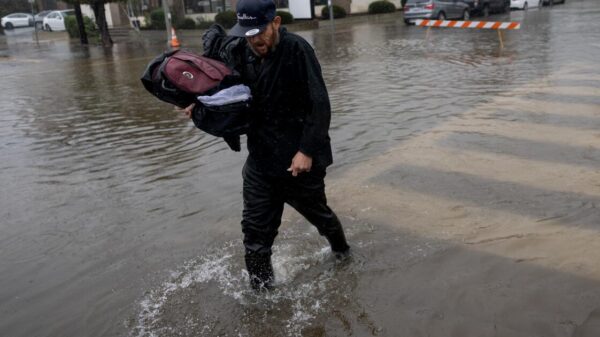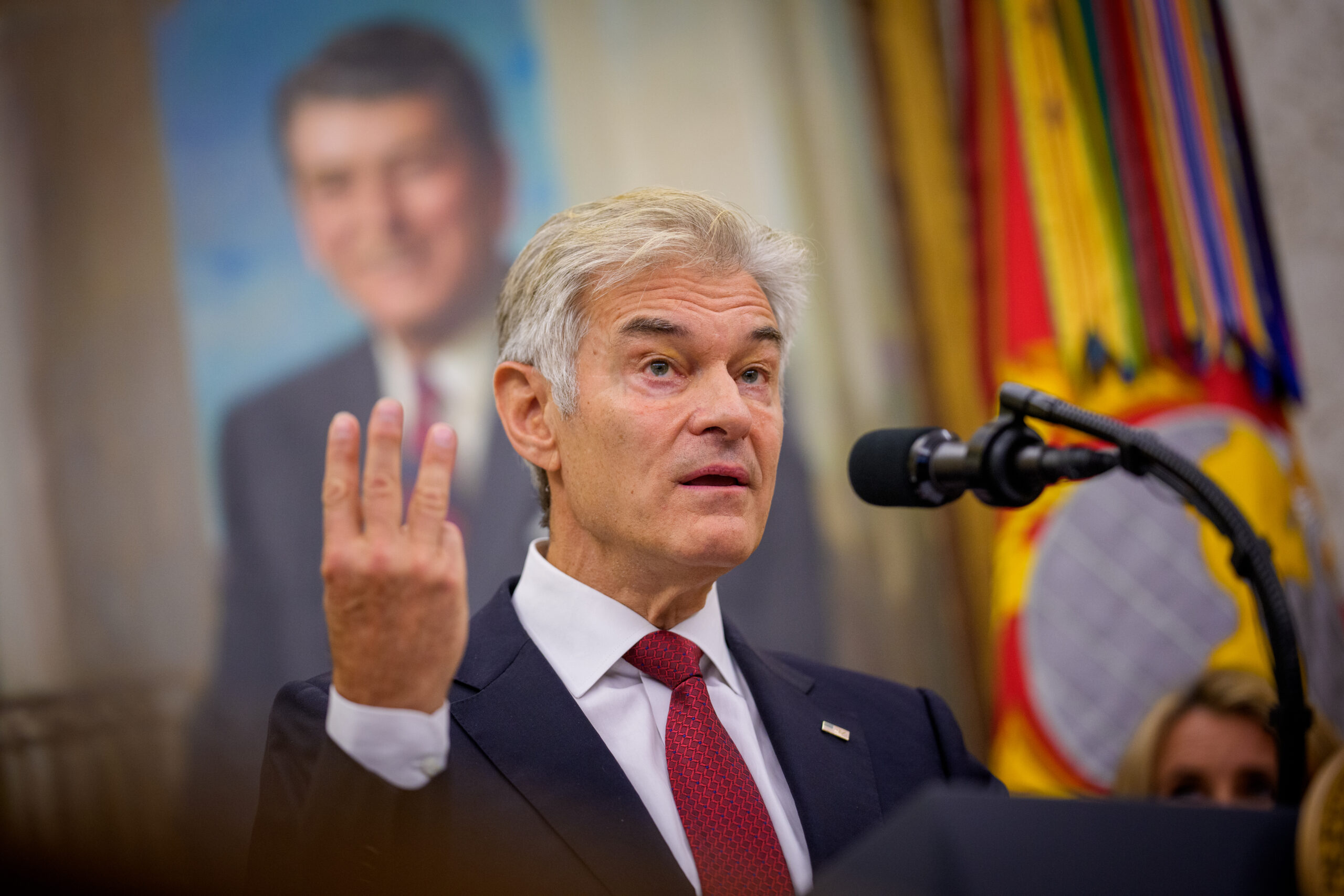The competition among U.S. states for a share of a $50 billion rural health fund has intensified, as various state governments seek to secure necessary resources for improving healthcare access in underserved areas. The fund, which was announced in early March 2024, aims to address significant gaps in rural healthcare services, but uncertainty remains regarding the allocation of these funds and what criteria will govern their distribution.
The Department of Health and Human Services (HHS) is overseeing the fund’s implementation, and states are scrambling to outline their proposals. This initiative is seen as a vital opportunity to enhance healthcare infrastructure in rural communities, where access to medical services often falls short of urban standards. The National Rural Health Association has emphasized the importance of equitable funding to ensure that rural residents receive the care they need.
As the application process unfolds, states are crafting strategic plans to demonstrate their specific healthcare challenges and proposed solutions. Some states have already highlighted pressing issues such as shortages of healthcare providers, inadequate facilities, and limited access to essential services. In their proposals, they aim to showcase innovative programs designed to improve health outcomes and enhance community wellness.
Funding allocation is expected to be influenced by a range of factors, including population size, existing healthcare disparities, and the potential impact of proposed projects. The HHS has indicated that they are prioritizing solutions that can be implemented quickly and effectively, allowing for immediate improvements in care delivery. As such, states are focusing on initiatives that can yield measurable results within a short time frame.
The stakes are high for rural communities, where the healthcare system has faced ongoing challenges. According to the American Hospital Association, rural hospitals have been closing at an alarming rate, leading to significant gaps in service availability. With the infusion of federal funds, many hope to reverse this trend and create sustainable healthcare solutions.
In this high-stakes environment, collaboration between state governments, healthcare providers, and community organizations will be essential. Stakeholders are encouraged to work together to develop comprehensive proposals that reflect the needs of their local populations. The success of these initiatives may depend on the ability of states to effectively communicate their needs and demonstrate the potential impact of their projects.
As the deadline for proposals approaches, the competition is expected to become even more intense. States are racing to finalize their plans by the end of March 2024, and the outcome of this funding opportunity could reshape the landscape of rural healthcare in the United States. The potential benefits for rural residents are significant, with improved access to healthcare services likely leading to better health outcomes and enhanced quality of life.
In conclusion, the race for a portion of the $50 billion fund is a critical moment for states across the country. With a focus on innovative solutions and collaborative efforts, there is hope that this funding will make a meaningful difference in addressing the healthcare disparities faced by rural communities. As the situation evolves, the impact of these initiatives will be closely monitored, with the potential to set a new standard for rural healthcare in the United States.







